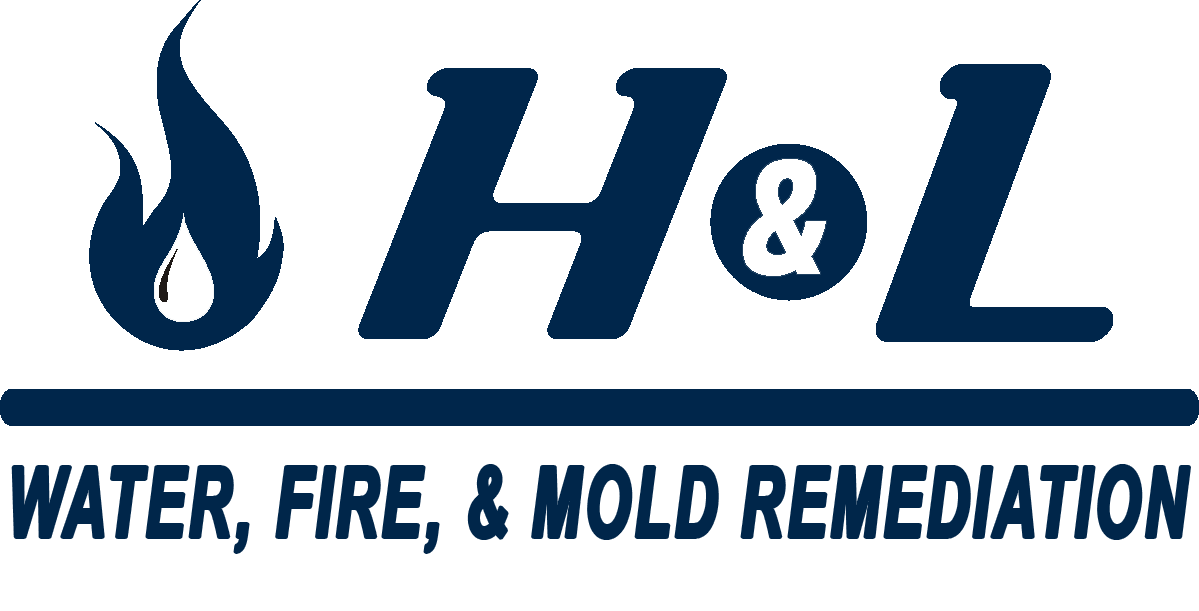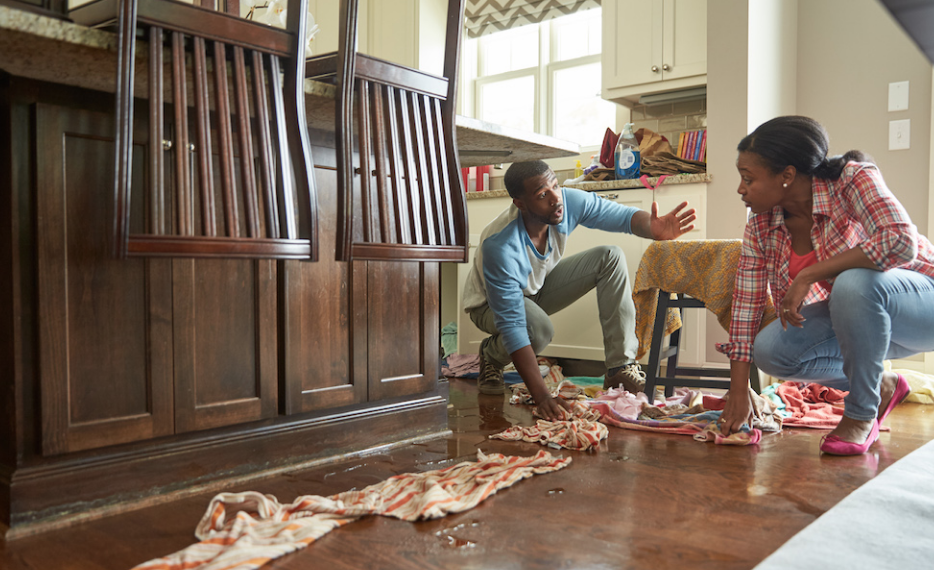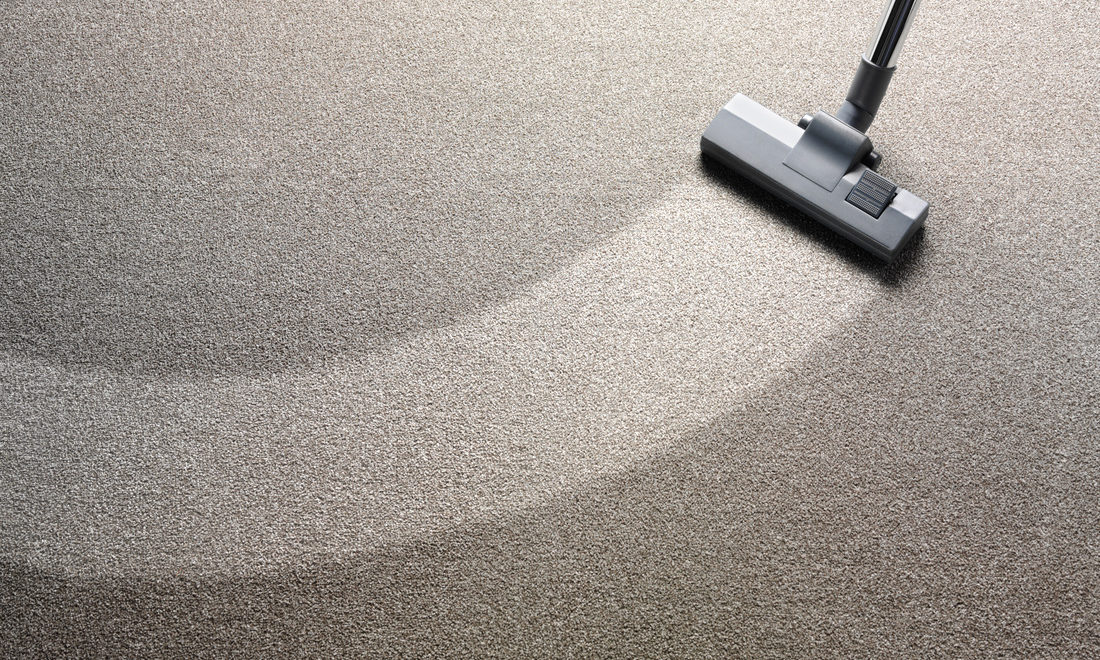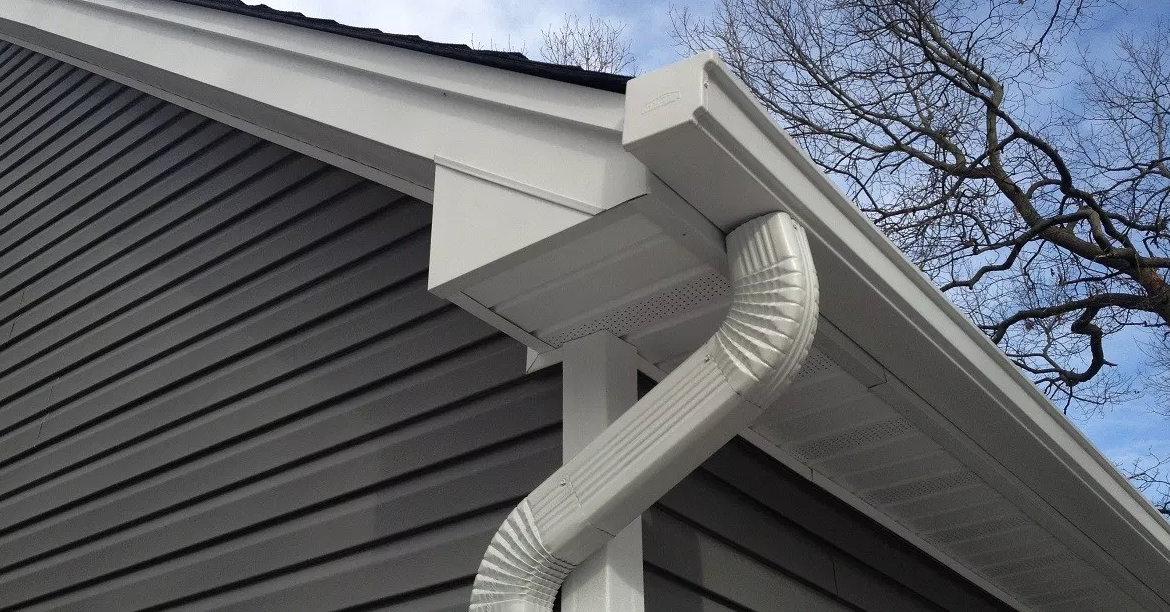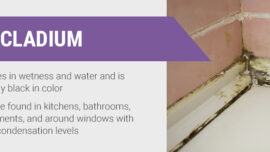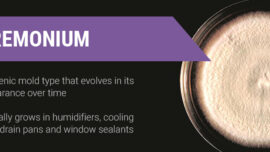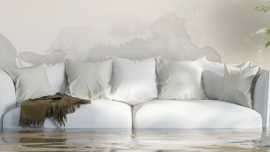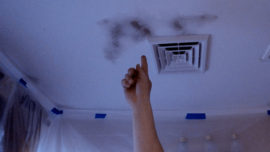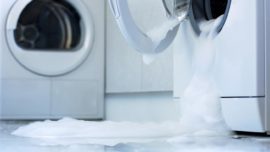Water Damage Facts, Tips, & Prevention
There are very few things that can create as much damage as water. And when any flood invades your home, there is sure to be far more hidden damage than you could ever imagine. This is why you need to contact the professionals at H&L Water, Fire, & Mold Remediation as soon as you and your family have safely evacuated your San Jose home. We have team members waiting to answer your call 24/7 at (408) 645-5958 because we know that a flood in your home is absolutely an emergency.
It Will Never Happen To Me
While you might think that water damage is not very common in the United States, or that it is limited to low lying areas that are prone to natural flooding, you would be incorrect. On average, 14,000 people in the country will be faced with water damage in their homes each day. And over the course of a single year, the repair costs for that water damage will reach 2.5 billion dollars.
Water Leaks Are Often The Cause Of A House Flood
Not all water damage is the result of heavy rain, natural flooding, or some other natural disaster. A water leak will damage many houses from inside the home. In a single year, water leaks in homes will total over one trillion gallons of water wasted. That amount is equal to all of the water that is used in Los Angeles, Chicago, and Miami over the same time frame.
Some Scary Numbers
You might think that a small crack in a pipe is nothing to be worried about. But that is not the case. A crack that is only 1/8” in size can allow 250 gallons of water to leak into your home in a single day. That is over five bathtubs full of water, by the way. And a faucet that is dripping just once each second will allow 3,000 gallons of water to drip into your house over the course of a year. And that same amount of water will leak into your home if just one appliance hose is dripping at a rate of one drop per second.
Water Damage Categories
While you might think that all water damage is equally bad, that is not the case. These three categories do not address the severity of the damage as much as it labels the type of water that caused the damage.
- Category 1 – Clean water that does not pose a threat to humans, such as a sink that overflows
- Category 2 – Grey water with some contaminants that could cause discomfort or illness if humans are exposed to it, such as a sump pump or discharge from a dishwasher
- Category 3 – Black water that is contaminated and could cause serious illness if humans are exposed to it, such as backed-up sewage or floodwaters
Tips To Prevent Water Damage
- Have your water heater professionally inspected regularly and complete the recommended annual maintenance
- Replace the hoses on any appliance such as a dishwasher, washing machine, icemaker, and refrigerator at the first sign of any wear or damage
- Pay attention to your toilet each time it is flushed. Make sure that is flushes completely and stops running once it refills
- When you discover a leak, turn off the water to that pipe or fixture quickly and call a professional plumber to make the repair
- Visually inspect your plumbing pipes, appliances, and fixtures regularly for leaks or signs of leaking
- If your home has a sump pump, test it regularly, even in the dry season to be sure that it will function when you need it to
How To Know You Have A Water Leak In Your Home
The first indication of a water leak that is concealed or hidden in your home could be a very high water bill. If your water bill suddenly increases for no simple reason, like filling your new pool, then call a leak detection specialist immediately.
Another good way to check for a water leak is to look at your water meter and write down the reading. The use no water inside or outside your home for two hours or more. Then reread the water meter to determine if the reading is the same. If the meter has changed at all, you have a water leak somewhere in or under your home.
Leaking toilets are one of the most common water wasters in a home. To check your toilet, add a few drops of food coloring to the holding tank. Wait 30 minutes and then look in the toilet bowl. If the water shows any color, then you have a leak that needs to be fixed.
Preventing water leaks in your home is the best way to avoid water damage. But if you do become a victim of water damage, be sure to call (408) 645-5958 immediately. The faster the pros from H&L Water, Fire, & Mold Remediation arrive, the faster your life can return to normal.


